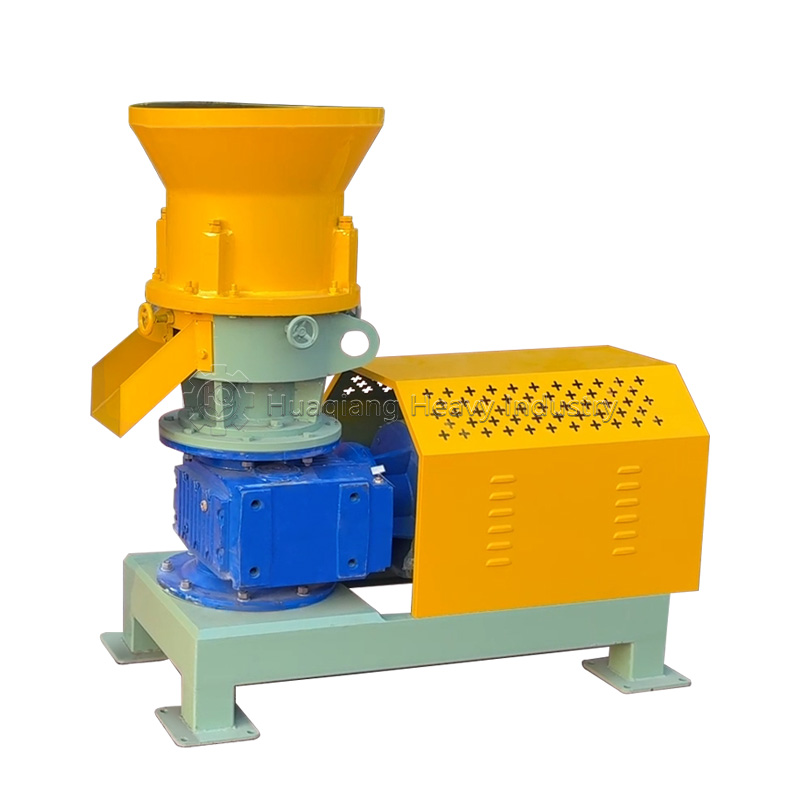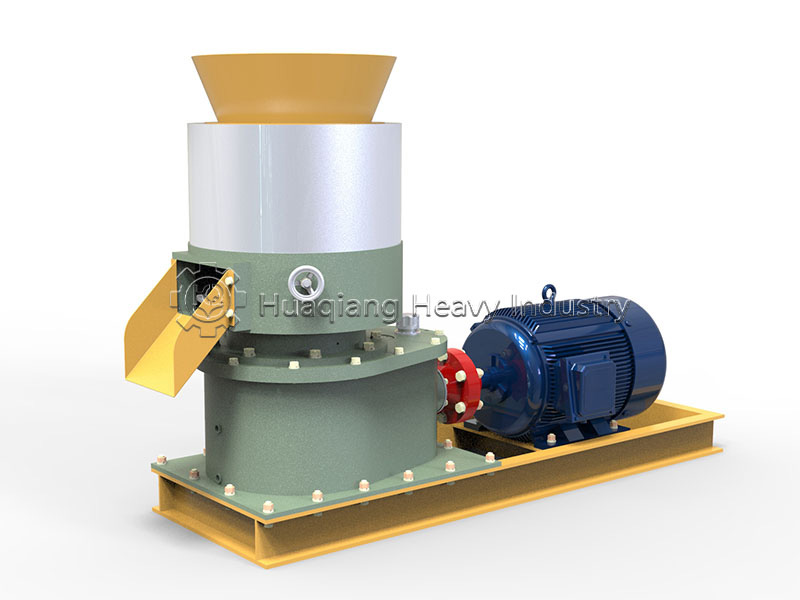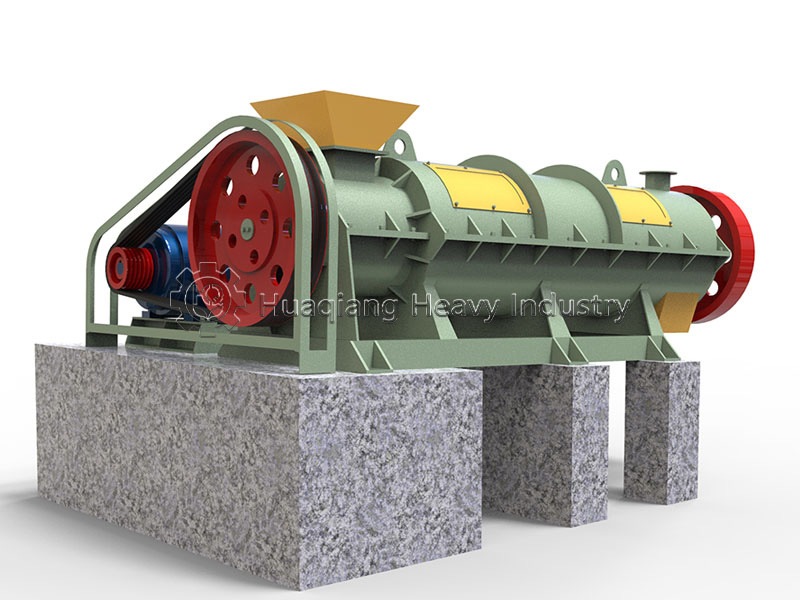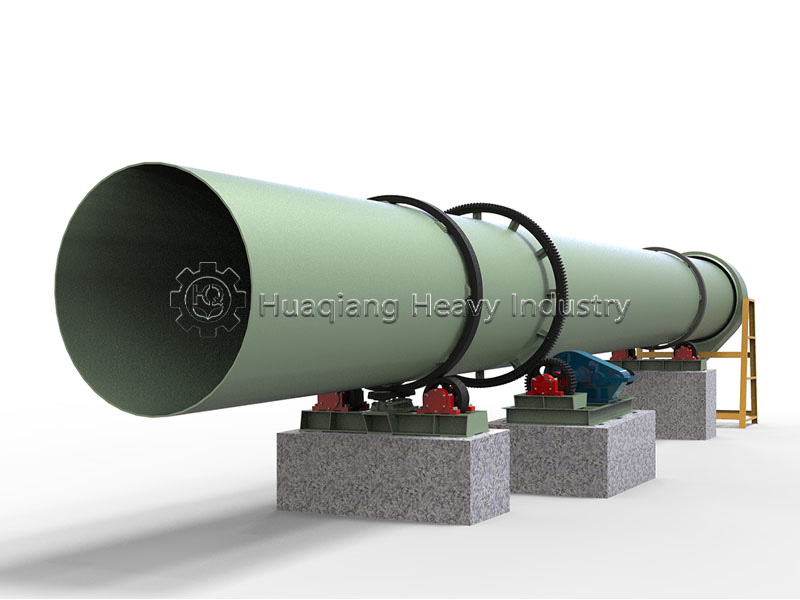How long does it take for a Windrow compost turner to compost?
Stages of Composting Cycle
Windrow composting is a natural biological transformation process, and its duration is influenced by multiple factors. From raw material mixing to complete maturation, the entire process can be divided into four distinct stages, each with its unique characteristics and objectives.
Temperature Rise Phase: Microbial Activation Stage
Within 1-3 days after composting begins, the pile temperature rapidly increases from ambient temperature to 55°C. This stage primarily involves the rapid decomposition of easily degradable organic matter such as starch and protein, providing energy for microbial activity. A slight ammonia odor is normal during this phase.
High Temperature Phase: Critical Sanitization Stage
The high temperature phase lasting 5-12 days is the most important stage in the composting process. The pile temperature stabilizes between 55-65°C, effectively eliminating pathogens, insect eggs, and weed seeds. Simultaneously, hard-to-decompose organic matter like cellulose begins to degrade, and compost odors gradually diminish.
Cooling Phase: Humus Formation Stage
During the 7-15 day cooling period, the pile temperature gradually decreases from high temperatures to ambient levels. The microbial community shifts from thermophilic to mesophilic bacteria, beginning to synthesize humus and humic acid. The material color gradually turns dark brown, indicating compost maturity.
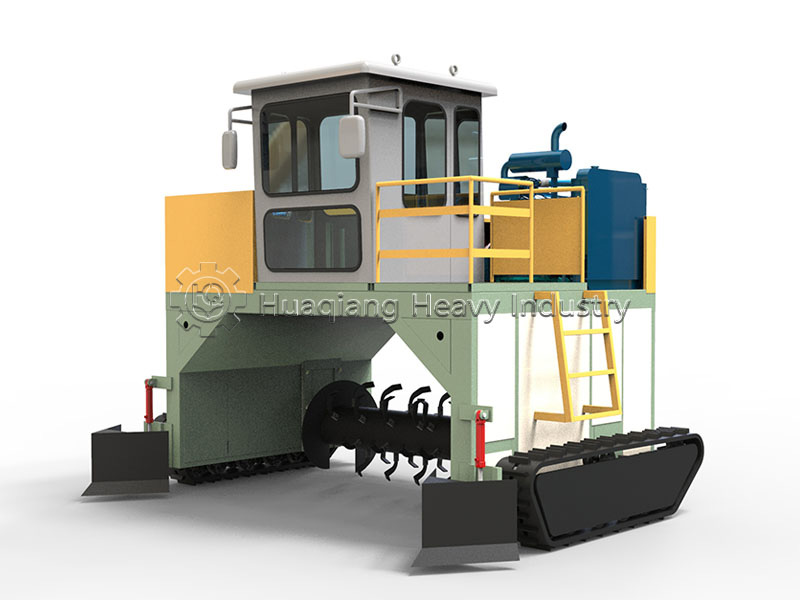
Key Factors Affecting Composting Cycle
Deterministic Role of Turning Frequency
Turning frequency is the most important factor affecting the composting cycle. Industrial production using turners every 1-2 days can complete the composting process within 18-25 days. Manual turning, due to insufficient uniformity, typically requires 30-45 days. Static composting without turning may take 60-90 days, with questionable quality assurance.
Scientific Raw Material Ratio
Ideal raw material ratio is key to shortening the composting cycle. A mixture of straw and manure in a 7:3 ratio, with carbon-to-nitrogen ratio controlled between 25-30, provides the optimal growth environment for microorganisms. The crushing degree of raw materials also directly affects decomposition speed, with overly coarse materials significantly extending the composting cycle.
Seasonal Impact of Environmental Temperature
Environmental temperature significantly affects the composting cycle. Under suitable temperatures of 15-35°C, the composting cycle typically lasts 18-35 days. Winter low temperatures inhibit microbial activity, extending the cycle to 45-60 days, while summer high temperatures can shorten the cycle but require more careful moisture management.
Criteria for Judging Compost Maturity
Determining whether compost is fully matured cannot rely solely on time but requires comprehensive evaluation through multiple indicators. Mature compost should appear dark brown or black, with loose, easily crumbled texture, emitting a fresh earthy aroma. The pile temperature should match the ambient temperature, with no significant reheating observed.
The most reliable verification method is plant growth testing. Mix a small amount of compost with soil and plant sensitive crops such as green vegetables or wheat, observing seedling growth. If plants grow vigorously without root burn or wilting symptoms, it indicates the compost is fully matured and safe for use.
Recommendations for Optimizing Composting Cycle
To achieve optimal composting results and the shortest cycle, it is recommended to adopt scientific raw material ratios, maintain appropriate turning frequency, and strictly control moisture content between 55%-60%. Meanwhile, adjust management strategies according to seasonal changes, implementing insulation measures during cold seasons and strengthening moisture management during hot seasons. Remember, compost quality is more important than speed – only fully matured compost can provide safe and effective nutrition for crops.
Advanced Composting Technology: From Fermentation to Finished Products
Modern composting operations rely on sophisticated fermentation composting turning technology and specialized equipment to optimize the biological transformation process. The trough-type compost turner and hydraulic trough compost turner provide precise control for indoor operations, while the large wheel compost turner and windrow compost turner handle large-scale outdoor composting with exceptional efficiency. For challenging materials, the chain compost turner offers robust performance in breaking down dense organic matter.
These essential equipments required for biofertilizer production work in harmony to maintain optimal temperature, aeration, and moisture levels throughout the composting cycle. Following complete maturation, the finished compost can be processed through a disc granulation production line, where the disc granulator transforms the organic material into uniform, market-ready granules. This integrated approach from raw material to finished product represents the pinnacle of modern organic fertilizer manufacturing, ensuring consistent quality while maximizing resource utilization and supporting sustainable agricultural practices worldwide.
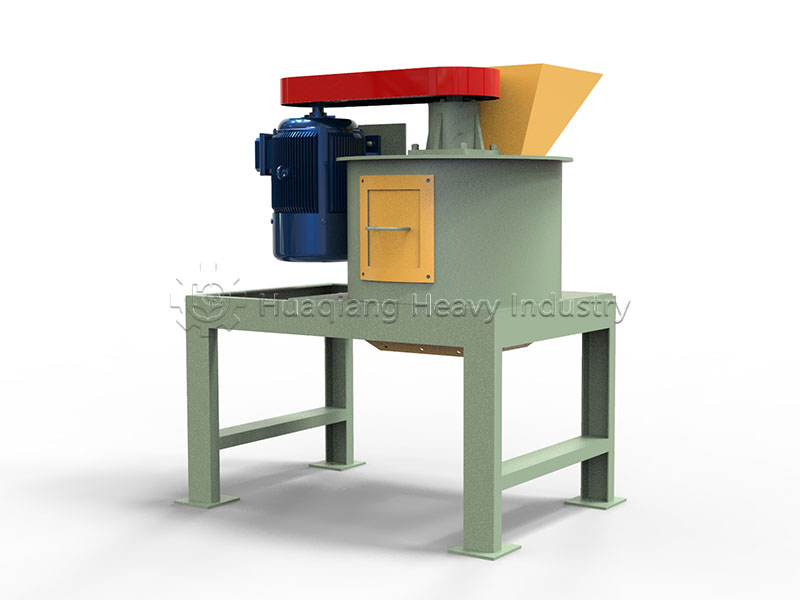
.jpg)
